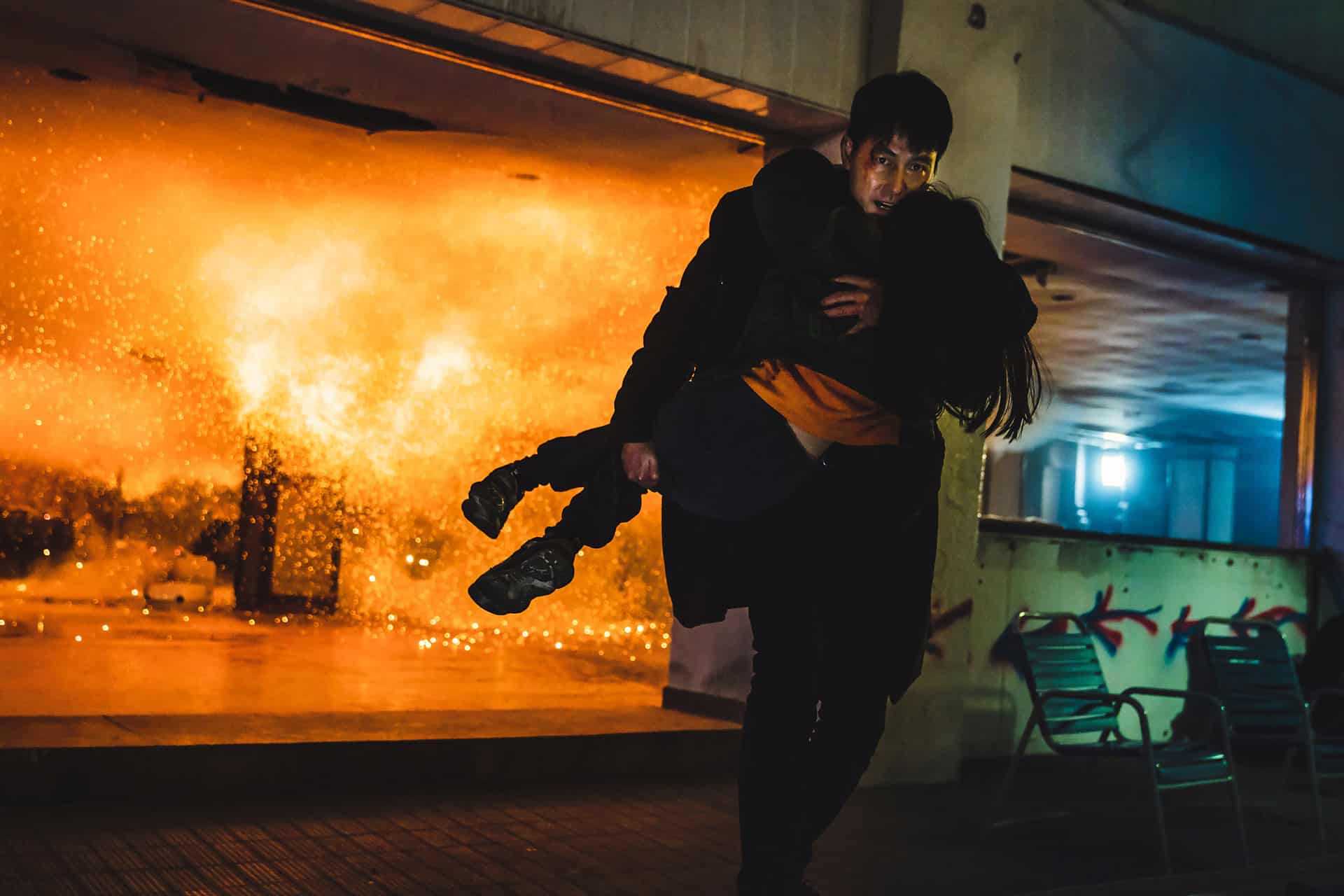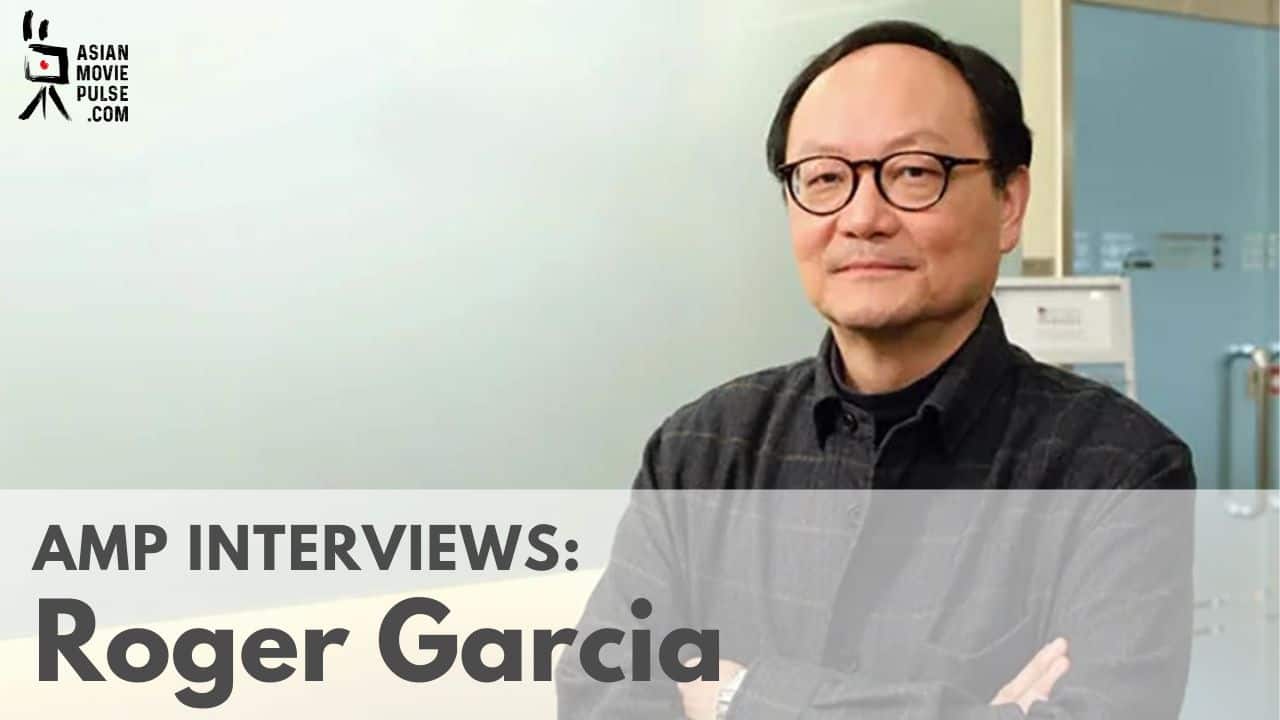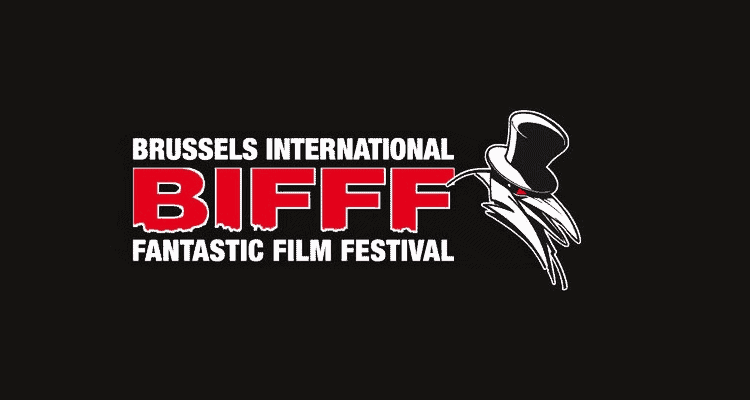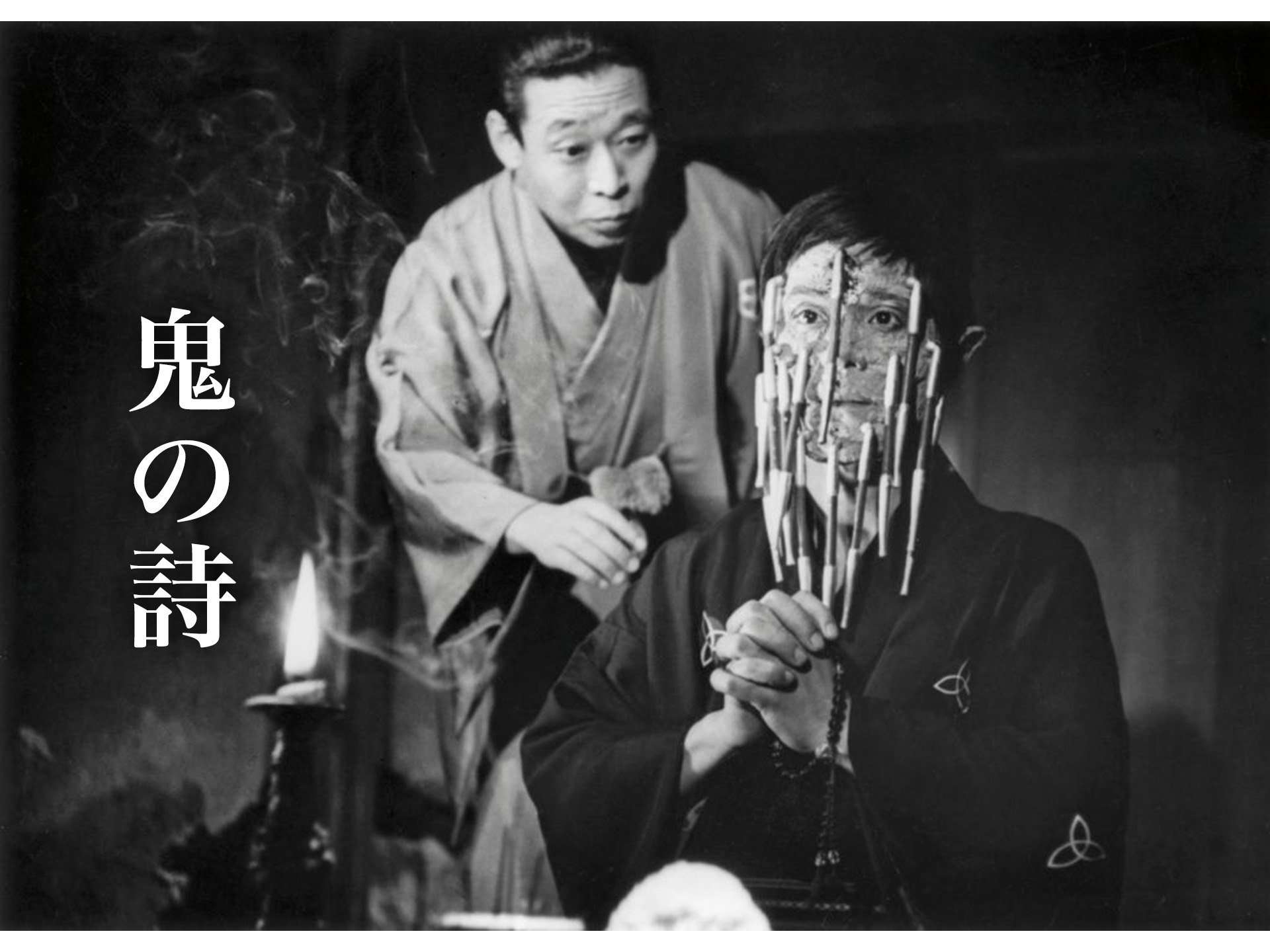Jimmy Henderson is a director or Italian descent, currently based in Cambodia. On the occasion of “Jailbreak” screening at Fantasia, we speak with him about his career, the path that led him from Italy to Cambodia, about the action scenes in the film, the cast, and many other topics.
Can you tell us about the path that led you from Milano to shooting movies in Cambodia?
I left Italy when I was 18 and moved to London. For the first few years in England I did odd jobs and I met a flat mate who introduced me to auteur and underground cinema. I started perceiving films under a different light and I became curious and passionate. So I decided I wanted to become a film director and I taught myself editing, cameras and writing. In 2009, I received a grant from the British Arts Council and I made my first film, a documentary set in Eastern Europe about Romani culture, “The Strangers Within”. Two years later I moved to Cambodia, tired of the terrible English weather and the constant rejection from production companies to hire me.
In Cambodia, I didn't know anyone except for a friend of a friend who gave me a place to sleep. I landed my first job as director of photography for a TV drama, just after three weeks I was here and I realized rapidly, that the film industry was just slowly re-starting to appear and I jumped in.
I worked as co-director and cinematographer on a 8K US zombie film and directed my first fictional film two years later, “Hanuman”. With the same producers of “Hanuman”, we made Jailbreak and here we are.
How did you come up with the story and characters of Jailbreak? Was it inspired by comic books? In general, what inspires you to shoot movies?

A month before Hanuman was released in local cinemas, me and my producers had a discussion about what to do next. We wanted to make a film in a confined environment and focus on dynamic action sequences featuring a team of people. The idea was pretty broad and I approached my co-writer in “Hanuman”, Michael Hodgson and we begun to write a draft of the script. We were supposed to shoot it in December 2015 but Jean Paul Ly was still busy working in “Doctor Strange”, so we postponed it. Then, a few month later, JP got free and we got back into it and made another draft. In July 2016, after 3 months of pre-production, we started shooting.
With “Jailbreak” I wanted to create an absurd world with characters bigger than life. Over the top. I am always being drawn by the way the characters are designed in Takashi Miike's films but I couldn't push that far because of censorship.
The film features Bokator, the Cambodian martial art. Can you tell us a bit about it?
Bokator is the traditional martial art of Cambodia. It almost disappeared during the war as it was forbidden. A few grandmasters that survived during that time, revived it only years later when the chaos was over.
It's a deadly martial art and it's made to kill. It's practiced as cultural tradition, not for sport. At the same time defending and attacking positions and stances are very gracious, as they are drawn from animal movements. The word Bokator in fact means pounding a lion.
How was the experience of shooting inside a prison and what difficulties did you meet during the shooting?
Well, we didn't really shoot in a prison. I am glad it looked real to you! Prison in Cambodia don't look like the one you see in blockbusters films. They are small, overcrowded, with minimal furniture and run down. We found two locations. One was an abandoned school and we dress it up like a prison. One was an old army place where poor families were living in it. Most of my set decorators and my production designer had actually spent time in prison is US and were deported to Cambodia. So they gave me a lot of advises on how the prison should be designed and how it should feel.
The cast is very interesting, as it ranges from former porn stars (Celine Tran aka Katsuni) to female MMA prize-winners (Tharoth Sam). What was the casting process like for the film and how did you choose the particular actors?
We wrote the script knowing who's gonna play which character. The local film industry is very small and the actors to pick are very few. Especially someone with a screen presence who could also fight. I worked with most of the local actors in previous films so I knew them.
Dara Our, has been in the same journey as me. We started together making action films in Cambodia. Jean Paul Ly came into the project in the very early stage of the writing. And we were blessed to have him on board sharing his experience with the stunt team. He trained hard and made everyone train hard. Tharoth, I knew her from her fights, but never had a chance to work with. She's an exceptional fighter, she the very sweet but can kick asses like no others.
Celine came in the picture 3 and half month before we entered production. We were introduced by Hong Kong based producer Mike Leeder in Hong Kong filmmart. I watched her fighting reel and I knew right away she was the piece missing to complete the puzzle. We wrote her character in the script and get her over to play in the film.

The protagonists get beaten quite a lot. How was their reaction to this concept? And what about the actors who played the villains? Most of the people who act in the film, even the extras, seem to know martial arts. Where did you find all of those people?
The action was intense as you seen it on screen. The actors had to fight under a tremendous amount of heat, in real dusty places. There was no stunt double; everyone performed their fight fully. We made it happened because everyone was there with their heart. There was no bullshit around. The actor that plays Bolo, Sisowath Siriwudd, never had any fighting experience before. I did some pre-visualization myself, fighting with JP to see how we could create a fighting scene between a person who's not trained in stunt and one who is. And then we did a couple of rehearsals for his fights with him a few days before the shoot. Considering the small amount time we had, it worked.
Except for 15-20 proper stunts, in the film, everyone else was just an extra that Jean Paul Ly and Dara trained over week ends during the 3 months of pre-production we had. We put the word out and we had 10 people showing up the first week end. By the fourth week end we had over 80 people wanting to train and learn. It was crazy. Everyone just wanted to jump in this project because a movie like this has never been done in Cambodia.

Can you elaborate on the action choreography of the film?
The action choreography was designed by Dara Our and Jean Paul-Ly. I gave them directions where each fight has to start and end, and what happens in between, and they created the choreography around that. Also my DoP, Godefroy was pretty much involved in the blocking and he advised on movements that were weak or not working.
The film presents a combination of exploitation and b-movie aesthetics along the martial arts aspect. Why did you choose this approach?
I didn't want the film to take itself too seriously in the first place. I feel most action films, nowadays, take themselves too seriously and have the same story cop/drug/ story recycled all over again. But it was also a conscious decision dictated by the target audience we were aiming for. Cambodians love comedies and if the film didn't have that element, it would have probably failed at the box office.
I know where I was going with the film but I didn't really know how the overall tone would shape up until the really last stage of post-production, when we started adding sounds and music.
The script leaves a definite opening for a sequel. Are you planning something like that? In general, what are your plans for the future? What it the situation with Cambodian cinema at the moment?
I am not sure about the sequel right now. I had some talk with my producers about it, but things are moving slowly. So I have a couple of projects I am developing at the moment and I am planning to film both films next year.
Cambodian cinema is growing rapidly. In 2011, when I got here, there were only 6 cinema halls. Now 32. So it's a reassuring sign seeing more and more people filling up the cinemas. It's a good time to make films here.
Which are your favorite filmmakers/movies?
I usually update my top 100 every year. At the moment, my top 10 films are: Blue Velvet, Bad Lieutenant (The Abel Ferrara one), Teorema, Cache, The Holy Mountain, The Idiots, Clockwork Orange, Taxi Driver, What is it? and Straw Dogs.
I've been following a lot of directors over there years but the ones I relate the most are Kubrick, Pasolini, Haneke, Argento, Von Trier, Refn, Miike, Kim Jee-Woon, Korine, Kim Ki Duk, Verhoeven, Park Chan Wook, Jodorowsky, Lynch and Dumont.















